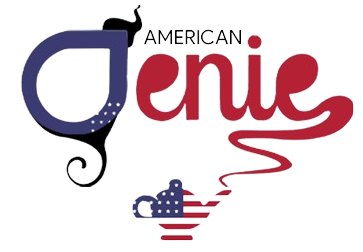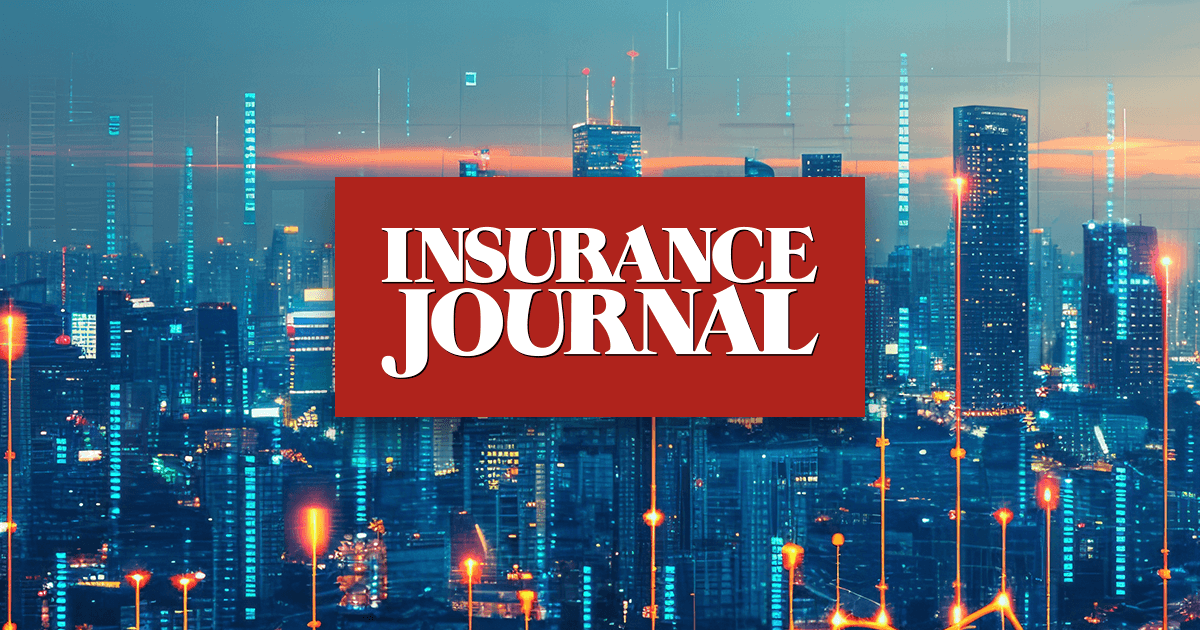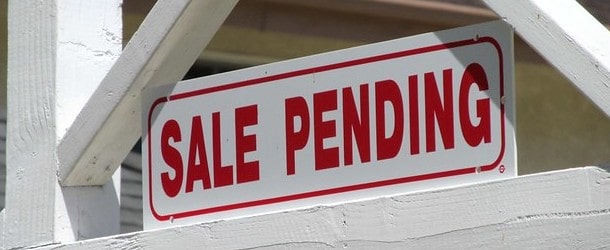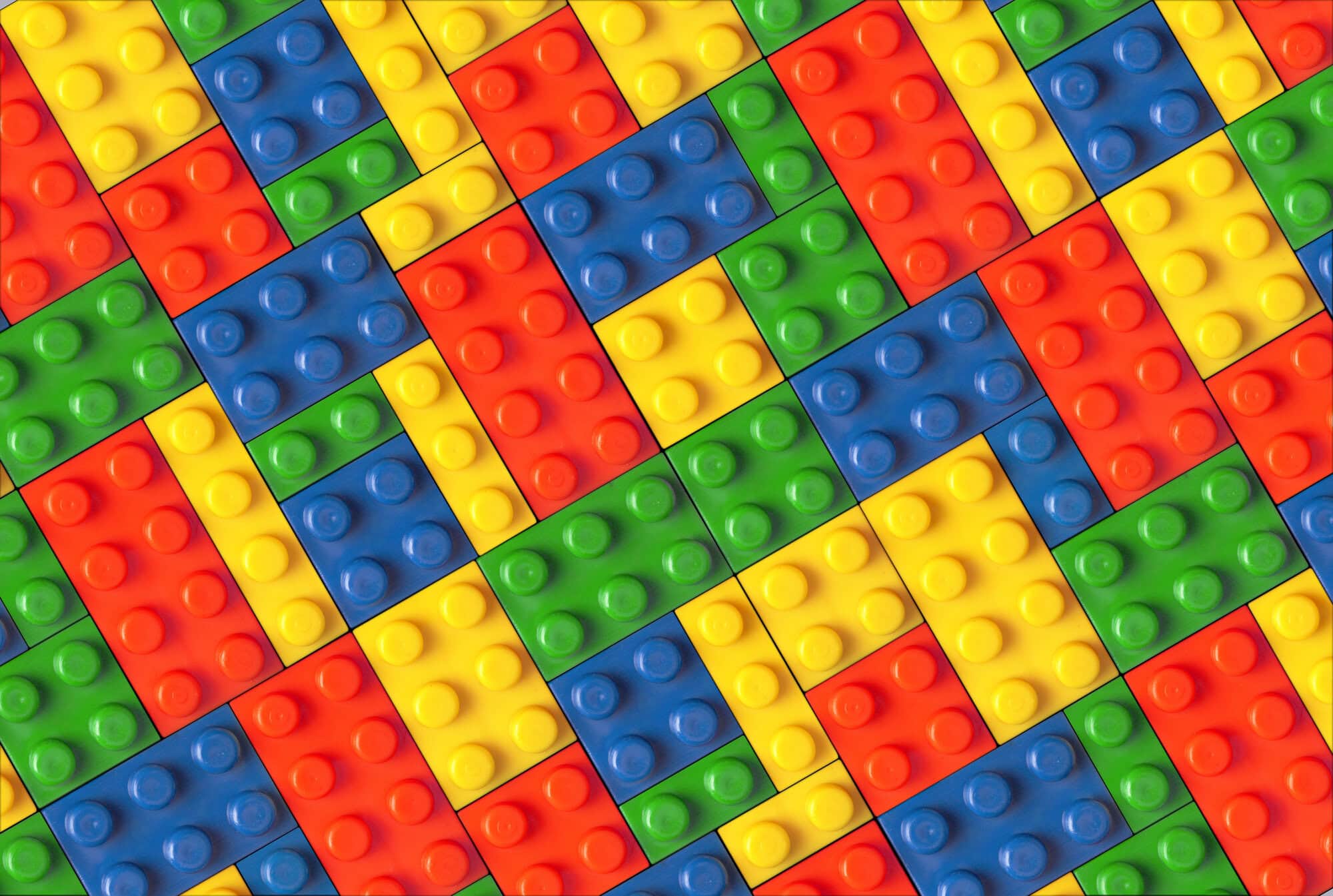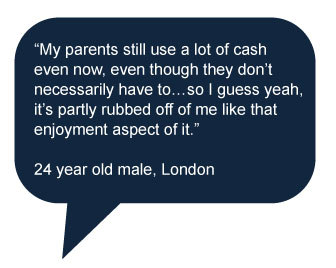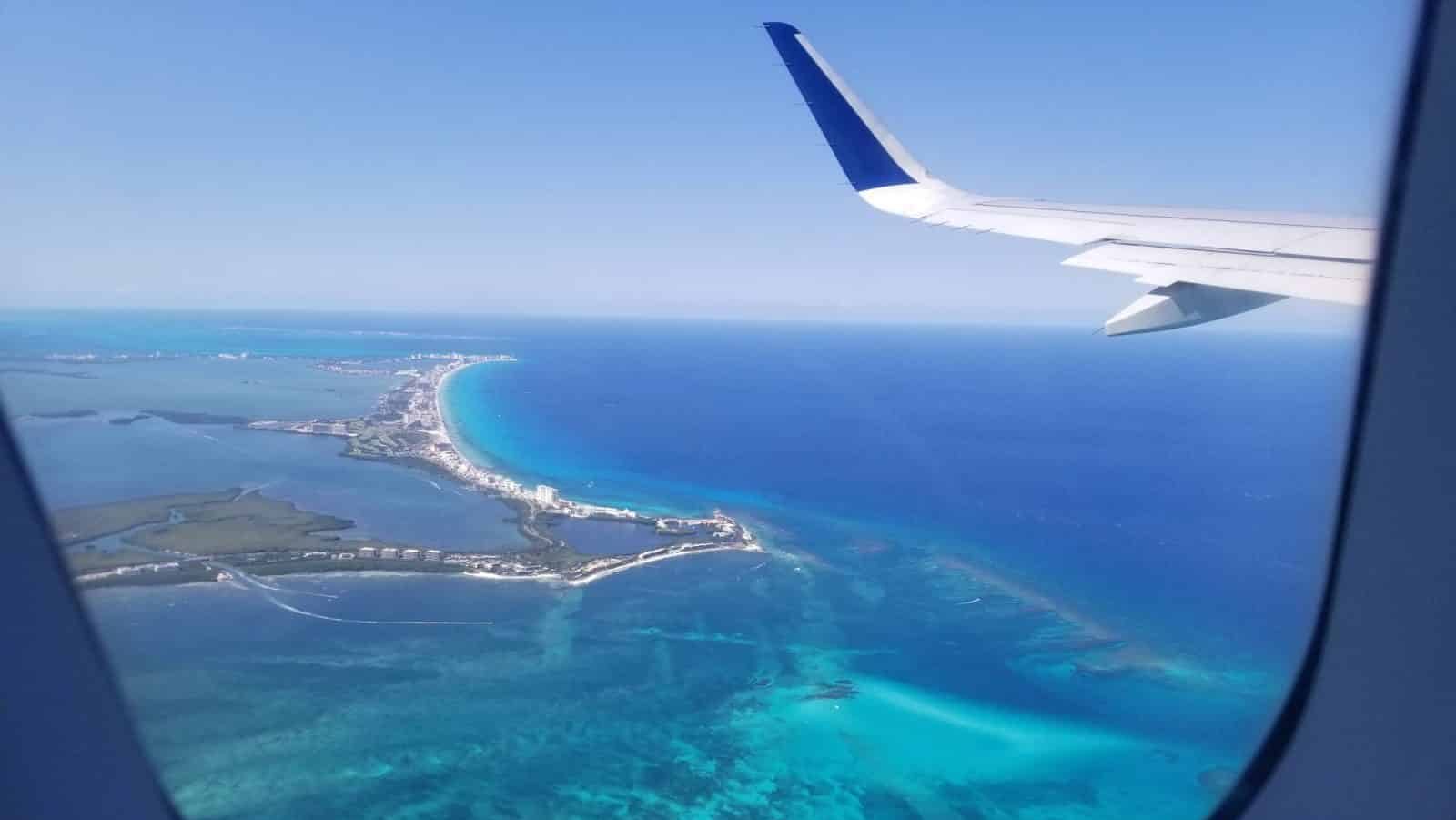This post is part of a series sponsored by Cotality.
While the Los Angeles wildfires disrupted and devastated so many lives, they also highlighted the urgent need for property insurance stakeholders to come together and start addressing the insurance crisis. That’s why Cotality hosted INTRConnect®, its annual conference for the property insurance ecosystem, last month in Los Angeles.
With speakers, experts, and academics from all areas of property insurance, we gathered under the theme “Beyond All Limits.” Through enlightening presentations, engaging fireside chats, and spirited panel discussions, we partnered with industry experts to explore how to challenge existing norms and make strides toward building new, sustainable insurance frameworks.
Here are some key takeaways that can be used as a springboard as we all come together to create a more resilient insurance ecosystem:
1. The need for collaboration is even deeper than we thought.
Securing affordable and adequate property insurance has become increasingly difficult nationwide. The crisis has reached a breaking point in states like California and Florida, which are prone to wildfires and hurricanes, respectively, every year. To reverse this trend and to prevent it from happening in other states, the entire property insurance ecosystem must embrace more strategic collaboration — beyond working seamlessly within organizations and with their restoration partners.
Carriers must first look at fellow insurers not as competitors, but instead as colleagues. Providers can determine strategies for distributing risk more effectively. This collaboration, especially within high-risk states, will help insurers ensure solvency, which in turn fosters long-term, widespread coverage.
Deeper collaboration also translates to insurers and restorers working closely with lawmakers and regulatory bodies. Risk is changing, and policy determines how people can bear it. Together, legislators, regulators, insurers and their partners can develop sustainable solutions that protect consumers while supporting insurer stability, ultimately creating a more resilient insurance landscape.
In the collaborative ecosystem we need, there is no room for the blame game. The breakdown of the insurance system is not on the shoulders of regulators, insurers, or any other individual stakeholder. A confluence of factors caused the existential insurance crisis, and it will take the coordination of all players to rework the system into something sustainable.
2. Fixing the system goes beyond just insurance.
Property insurance is critical to a healthy society. Without third-party protection of properties, secure homeownership unravels.
In a growing number of states, non-fixed monthly costs like property taxes and insurance premiums have skyrocketed since 2020. These increases are making it harder for people to build equity or afford homeownership. Owning property is a cornerstone of long-term financial stability. We must prioritize building an insurance system that can sustainably offer affordable coverage. Every state needs a resilient insurance infrastructure to support communities that can thrive for generations.
Today, siloed processes across the real estate, mortgage, and insurance industries are preventing the kind of coordinated action needed to protect the American Dream. Together, these industries can plan how to build cities and communities that “do not burn,” in the words of speaker Michael Wara, the Senior Director for Policy at the Sustainability Accelerator within the Stanford Doerr School of Sustainability. Stakeholders across property industries can coordinate to develop places where people can live securely, with far less exposure to environmental and financial risk.
As Cotality Chief Scientist Howard Botts says, “we must break down the silos that define the traditional ecosystem of property-related industries. Without a united effort to find solutions, some parts of the country could become uninhabitable.”
3. Mitigation matters.
Natural disasters are not going to stop, but we can reduce the severity of their impact when they do occur.
What happened in LA in January 2025, like what happened in Maui in 2023, was an example of when a wildfire evolves into a conflagration— a large, uncontrollable fires that rapidly spread from structure to structure in the built environment. These blazes may begin as wildfires, but they grow into something more destructive as they are often further fueled by the materials of the structures they consume.
This is where mitigation becomes crucial. When we build new communities or rebuild those impacted by wildfires or other natural disasters, we must design properties to be more resilient. By creating more resilient communities, we also create more insurable ones.
Implementing and fostering mitigation strategies involves various entities. We learned during a mainstage panel at INTRConnect that there are two key strategies for reducing risk: strengthening building codes and providing credits to incentivize policyholders to enact mitigation efforts on their properties. These measures become even more effective when governing bodies and carriers work together to ensure they are aligned.
4. Consumers are an important stakeholder in the process.
Engaging with policyholders is key. They are an integral part of the insurance ecosystem, not just beneficiaries.
Given the complexity of insurance, it’s crucial for brokers and insurance company representatives not to just sell policies, but to engage consumers in the process so they fully understand their risks and coverage. With greater risk literacy, policyholders become part of the solution, equipped to actively participate in reducing their own risk, and in turn the risk of their neighborhoods and communities.
As public consciousness of natural disasters and their destructive aftermath increases, risk education is a key to helping people realize that their insurance is not necessarily overpriced. They realize the value through understanding their coverage versus alternatives.
5. Imagination and innovation are how we go beyond all limits.
Keynote speaker Mick Ebeling — founder and CEO of Not Impossible Labs — reminded us everything was once impossible until someone made it possible. It all starts with a bold idea, and at INTRConnect, we put one forward: it’s within our collective reach to build a nationwide, affordable insurance system — one that supports homeownership and delivers lasting financial security for all.
The path forward hinges on two essential ingredients: collaboration and innovation.
By harnessing sophisticated tools and the increasing amount of data available to us today, we can shift from a “repair and replace” mindset to preventing the kind of loss we see today. Innovation, from artificial intelligence to other systems that help us make sense of property intelligence, can help us get ahead of risk. Through this digitally-minded, forward-thinking approach, the entire ecosystem can transform what once seemed impossible into something entirely within our reach.
It won’t happen overnight, but by evolving our processes with developing technologies, we will get there — and the improvements along the way will yield transformational results to everyone in this ecosystem.
Cotality’s vision of intelligence beyond bounds
At INTRConnect 2025, we introduced our new name and brand to the world: We are now Cotality. This announcement is a culmination of company’s transformation journey and its strategic efforts to meet the growing demands of the property industry—including insurance. Our market is changing, and we recognize the need to change with it. As we continue building people-centric solutions, this is a reflection of our revitalized commitment to collaboration, connectivity, and a forward-thinking approach to the property ecosystem.
All the takeaways from INTRConnect 2025 underscore the tenets of Cotality — collaboration and connectivity, an approach of totality with the property data and insights for the property ecosystem and beyond, and the spirit of vitality to help the lives beyond the buildings.
We look forward to fulfilling our mission over the next year and beyond, to support this entire ecosystem with intelligence beyond bounds. To learn more about our renewed vision, visit www.cotality.com. To secure your spot at INTRConnect 2026 in Washington D.C. in January 2026, click here.
© 2025 Cotality. All rights reserved. The content herein may not be reproduced or used in any form without express written permission. Cotality, the Cotality logo, Intelligence beyond bounds, IntrConnect®, and CoreLogic® are the trademarks of CoreLogic, Inc. d/b/a Cotality or its affiliates or subsidiaries. All other trademarks are the property of their respective owners.
Publisher: Source link
